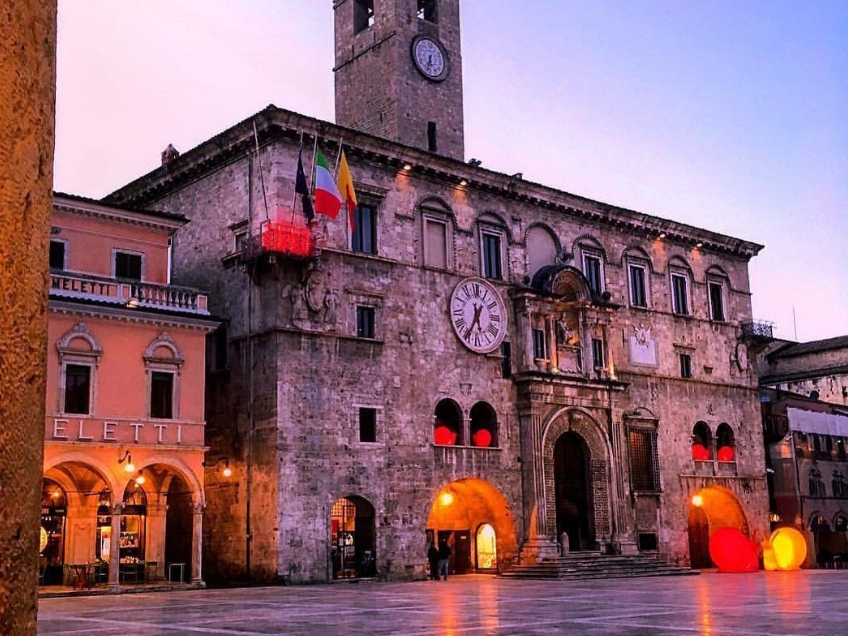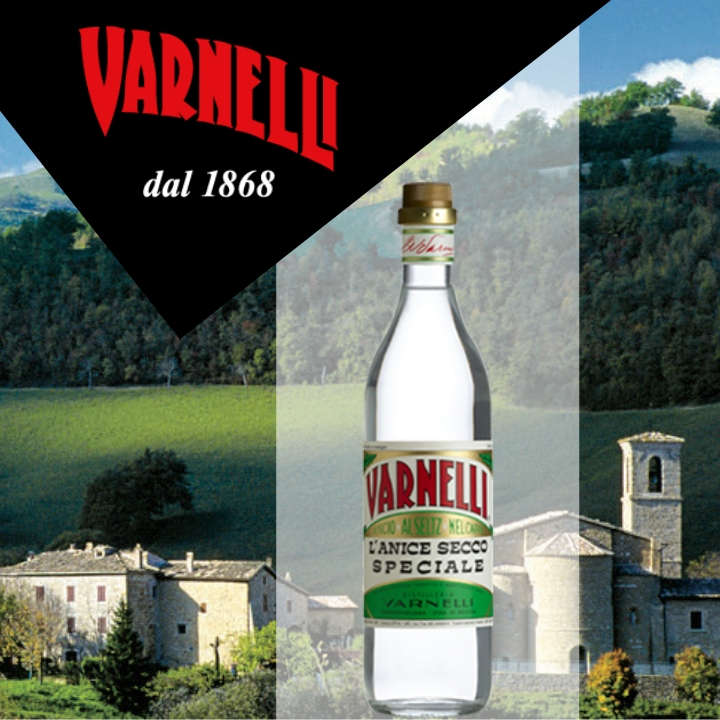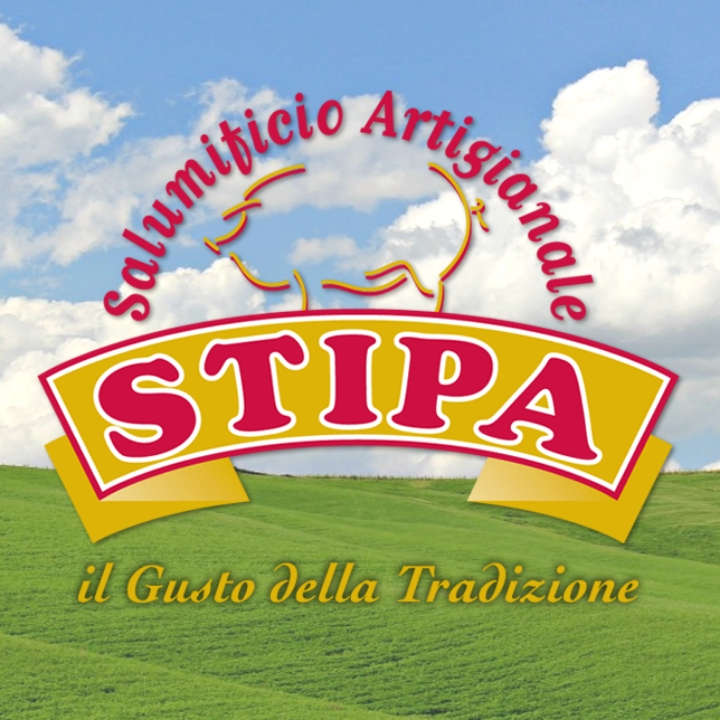Ascoli Piceno

Ascoli Piceno is also known as “the city of a hundred towers” and it is doubtless one of the most beautiful one in the region. Thanks to its homogeneous urban structure, its several medieval towers and steeples, we can even state that it is one of the most suggestive examples of medieval architecture in Italy. Nevertheless, Ascoli Piceno shows great treasures of art belonging to every periods, dating back to the Roman one. The mood of the city can be discovered just through its tiny lane, in its old, austere churches and outside its cosy houses.DISCOVERING THE ROMANESQUE OF ASCOLI PICENOThe structure of the medieval city Ascoli Piceno is characterized by the presence of several place of worship, connected to the growth of the population that, during the Italian city states, moved from the country to the city in order to start business and handmade activities. A group of several Romanesque churches remains of this period, and they represent a really suggestive itinerary.What makes the Romanesque of Ascoli Piceno different from other ones is the extreme semplicity of its lines, maintaining at the same time richness in its architectonic details, like rose windows, single arches, mullions, cornices, lunettes and statues, as we can see in the church of the Santi Vincenzo and Anastasio: its facade, composed by 64 square pieces, once containing frescoes, its portal with lunettes and the crypt containing a well of healing water represent very interesting aspects. The San Vittore Church represents a typical example of Romanesque style of Ascoli Piceno. Existing since 996, it is an austere and at the same time opulent structure. The present building is the result of reconstruction work carried out in the middle of the thirteenth century. Even the churches of San Tommaso and San Venanzio have undergone a total reconstruction in the second half of the thirteenth century. The church of San Tommaso is included in the Roman amphitheater, whose remains were found right in the square in front of the building.Alternating pillars and columns show the severity of the spatial setting and the broad facade, accompanied by the high bell tower, reproduces the typical features of thirteenth-century churches of Ascoli Piceno .The interior of the church of San Venanzio was completely renovated in the seventeenth century and, as shown by surveys conducted during the restoration, it had to be very similar and nearly contemporaneous with the interior of San Tommaso.The church of Sant' Ilario, unfortunately converted for farmhouse use, was originally attached to a monastery founded between 1048 and 1068.While enriching the collection with decorative details, the manufacturers have given shape to an extremely simple, pretty basic architectural lines, according to the preferred architectural style of the time in Ascoli.Finally, among the oldest and most representative churches we can not fail to mention Santa Maria Intervineas, founded in the fifth century, whose name "inter vineas" (between vines), attested for the first time in 1179, probably comes from crops that around the church once stood.The vents open on the back wall of the church should be noted, describing it as well as actual organism of defense (fortress-church).PIAZZA ARRINGO:in this square we can admire the Palazzo dell'Arringo, the city hall (XII-XIII cen.), the picture gallery, the Archepiscopal See (XV cen.), the Diocesan Museum, the cathedral, dedicated to S. Emidio from Trier, first Bishop of Ascoli Piceno, with its fifteenth-century framework, where a great polyptych of Carlo Crivelli is preserved (1473). in the awesome crypt underneath the cathedral we can admire a wonderful Roman sarcophagus containing the remains of the patron saint. The Baptistry is a pure Romanesque structure dating back to the XII century, while the Panichi Palace is a fifteen-century building where the Museo Archeologico is based, containing several archeological finds belonging to the Paleolithic and Neolithic Ages, the Bronze Age, the Iron Age and to the Picena, Roman, early Christian, and Lombard Eras. In Via Tornasacco we find the Romanesque church of San Gregorio, built there including a former temple, once called “Tempio di Vesta”. In fact, the church is composed by an inner cell of the temple, characterized by the typical wonderful “opus reticularum”wall, just like in Rome or in Pompei.PIAZZA DEL POPOLO:This square is certainly one of the most beautiful and elegant ones in Italy; it offers a wonderful scenary with Palazzo dei Capitani del Popolo, a Romanesque building dating back to the XIII century, and the church of San Francesco (1262-1371), one of the greatest Gothic building in the region. In Corso Mazzini we find the Romanesque church of San Venanzio, and the church of Sant'Agostino, within its fourteenth-century structure with its wonderful Renaissance portal. Nearby, we find the churches of San Tommaso, San Pietro Martire, and then the awesome church of Santi Vincenzo and Anastasio, a wonderful Romanesque building laid down on a crypt dating back to the VI century. If you wish to take a walk through the typical lanes of the city, we suggest you visit Borgo Solestà, whose towers, little houses, medieval churches, Porta Solestà and Ponte Romano will entirely enchant you.
NEWSLETTER
Подпишитесь на нашу рассылку
Если вы хотите всегда быть в курсе предложений, последних новостей и курьезов, подпишитесь на новостную рассылку AssoturCupra.it






